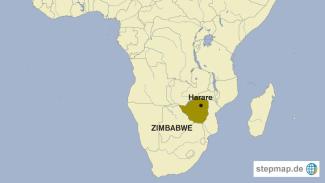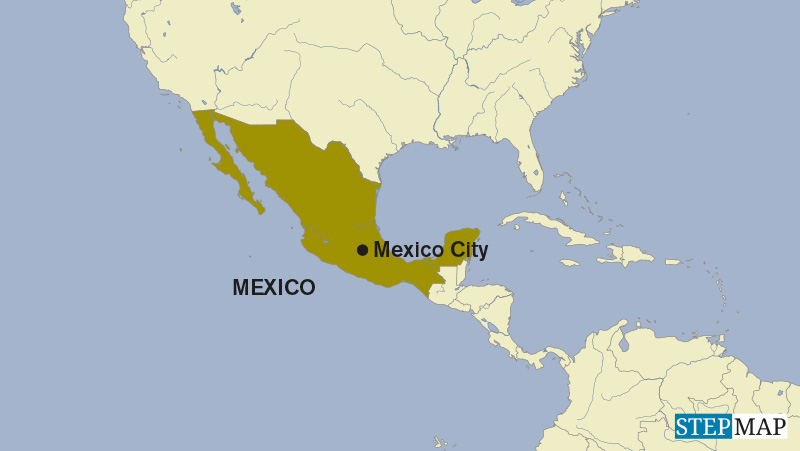Maternal health
Difficult delivery

Munemo is one of the lucky ones. For expectant mothers who cannot afford private hospitals, untrained midwives such as Zinyoro, operating out of their homes or backyards, can be life-savers.
“Nurses at council clinics turned me away, and so did public hospitals,” Munemo says. “I had a swollen leg and they were afraid of complications. So they referred me to private hospitals, which are expensive. Then someone referred me to Esther Zinyoro, who helped me deliver my baby.”
Zinyoro, who lives in the high-density Harare suburb of Mbare, serves scores of pregnant women every day. “My house has become a maternity home where I help women give birth,” she says.
“Backyard midwives”, who are essentially informal helpers in childbirth, are growing in number as Zimbabwe’s health care shortfall worsens. They charge low fees – if at all – and provide an essential service, as their growing workloads show. Nonetheless they face criticism from doctors and nurses.
“After giving birth, a woman could develop hemorrhaging, and backyard midwives cannot solve that,” says Tedious Chisango, secretary-general of the Zimbabwe Urban and Rural Council Nurses Workers Union. “We are very much against backyard deliveries.”
Yet increasingly, impoverished women have no other options. Zimbabwe’s health-care system is plagued by decades of under-investment, a long-running doctors’ strike, and occasional strikes by nurses and trained midwives. Untrained practitioners may be all that is available to expectant mothers.
The dysfunction in Zimbabwe’s health-care system is evident in the country’s Maternal Mortality Ratio (MMR), which is the number of maternal deaths per 100,000 live births.
According to the United Nations Children’s Fund (Unicef), Zimbabwe’s MMR was 458 in 2017, down from 579 in 2000. That ratio compares unfavourably to that of neighbouring countries. Botswana’s 2017 MMR was 144, down from 262 in 2000, and South Africa’s was 119 in 2017, down from 160 in 2000. The global average MMR was 211 in 2017, down from 342 in 2000, Unicef says.
Fees for obstetric care in Zimbabwe make matters worse. In 2019, the government increased maternity fees to 120 Zimbabwe dollars, equivalent to about € 0.30.
While that is a negligible fee by Western standards, for many Zimbabwean women such fees make health care unaffordable. The costs and sparse service at clinics at will cause more women to turn to backyard midwives, in hopes of beating Zimbabwe’s grim maternal mortality statistics.
Jeffrey Moyo is a journalist based in Harare.
moyojeffrey@gmail.com
Further information
AP News:
https://apnews.com/49adc4d9062d446ba364da89d4771f7f
UNICEF:
https://data.unicef.org/topic/maternal-health/maternal-mortality/
Newsday:
https://www.newsday.co.zw/2019/07/harare-hikes-maternity-fees/













